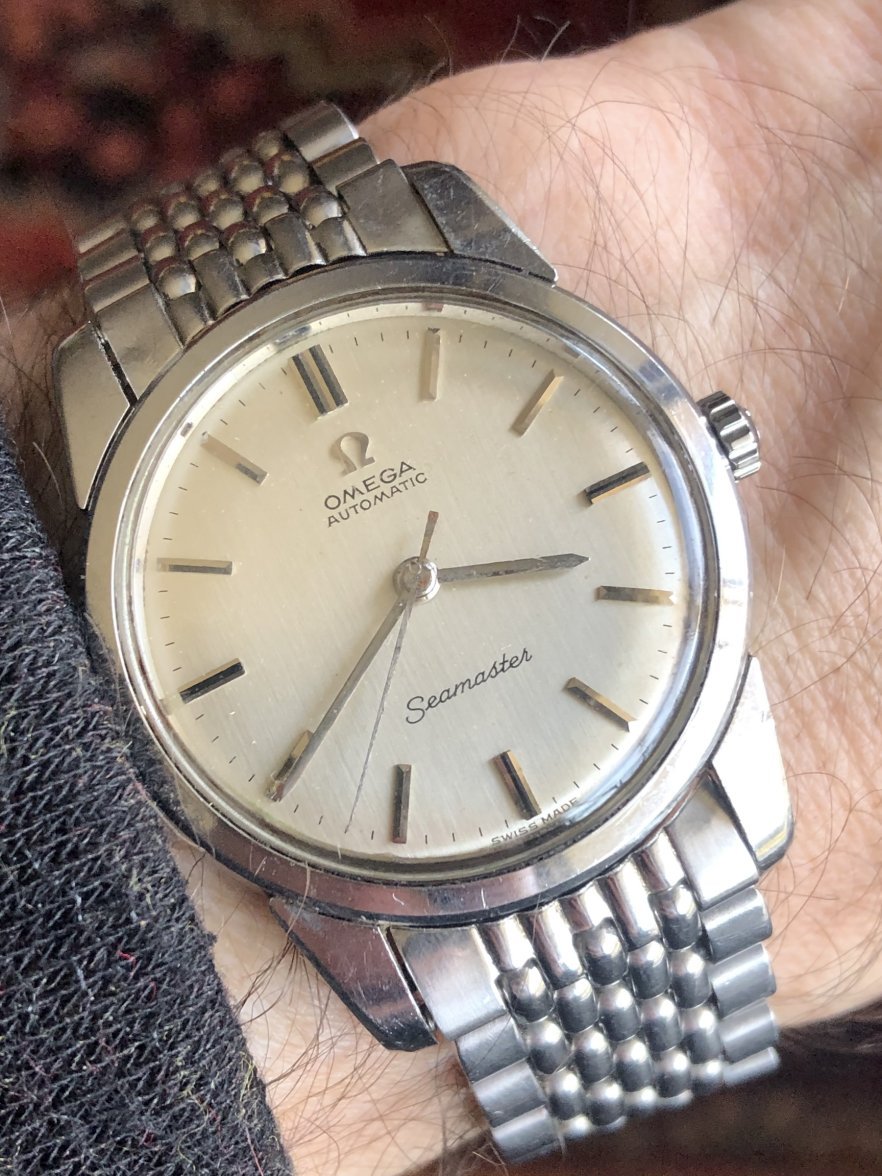A single "accuracy" number really doesn't indicate much. At the very least, you would want to measure timekeeping in various positions, amplitude, etc. And also inspect the movement to see if lubricant is present. Even after that, there's no way to know if the movement has been maintained well over the years, and some parts could need replacement.
Having bought hundreds of old watches, I can tell you that it's a crapshoot, there's just no way to know what has happened over 50-80 years of life. Sometimes you get lucky, the movement is in great shape, and all it needs is cleaning and lubrication. Other times you need to hunt down expensive parts. I recently bought a 1960s Seamaster in great cosmetic condition that was keeping excellent time, but it ended up needing new reverser wheels that were hard to find and ultimately cost me $150.
Obviously, you can minimize the risk by sticking with simpler no-date hand-winding watches. Anecdotally, I've found that calendar and auto-winding mechanisms often need repairs and parts.
Also, IMO it's a good idea to buy watches with enough collectible value to merit the repairs that might be needed. Watches that are desirable and in excellent cosmetic condition (clean dial, sharp case, etc). When you or your watchmaker inspect and disassemble a watch, you may easily find that it needs an additional $200 of parts/repairs beyond what you expected, which could put you upside-down on a low-value watch. In practice I find that easier to accept if it's a nice watch. The Seamaster I mentioned above is an example of this, I now have more into it than it's worth, but at least it was worth resurrecting.

